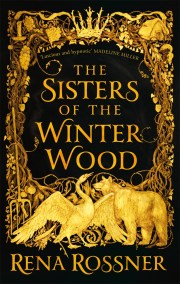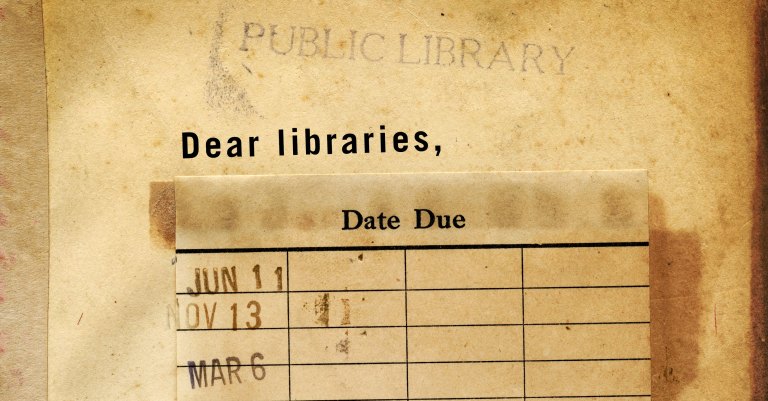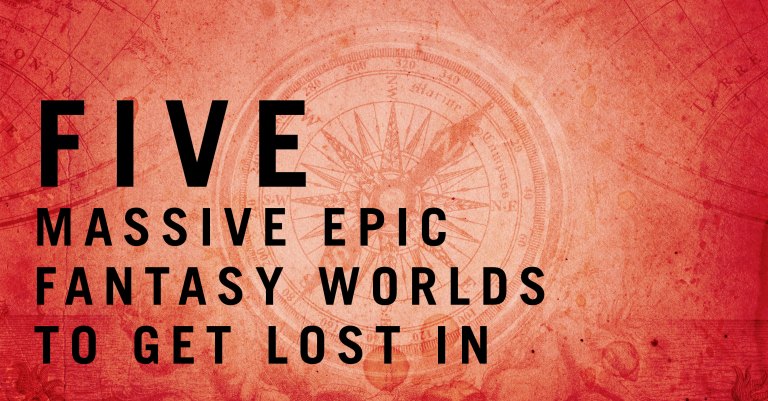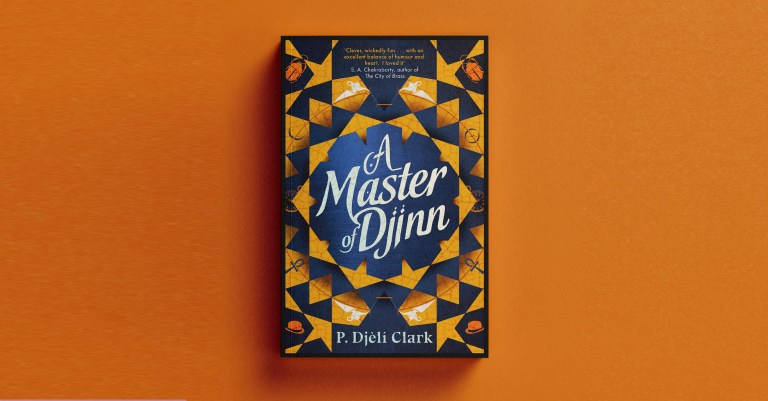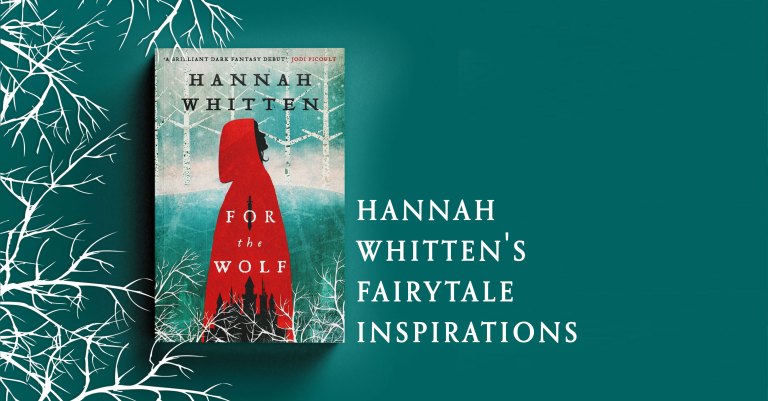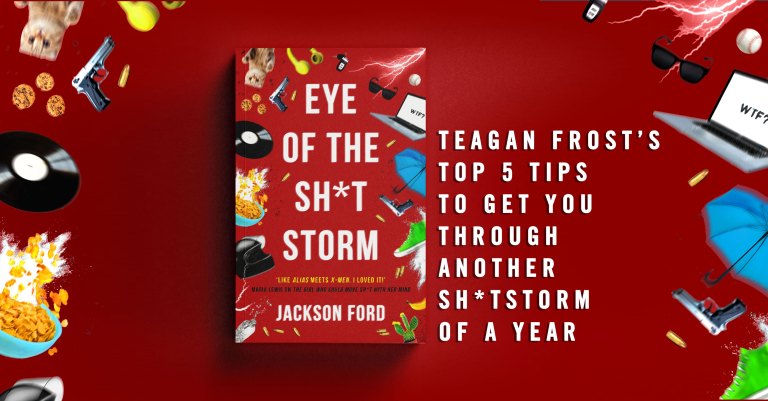Exploring Dark Histories Through Fairy Tales by Rena Rossner
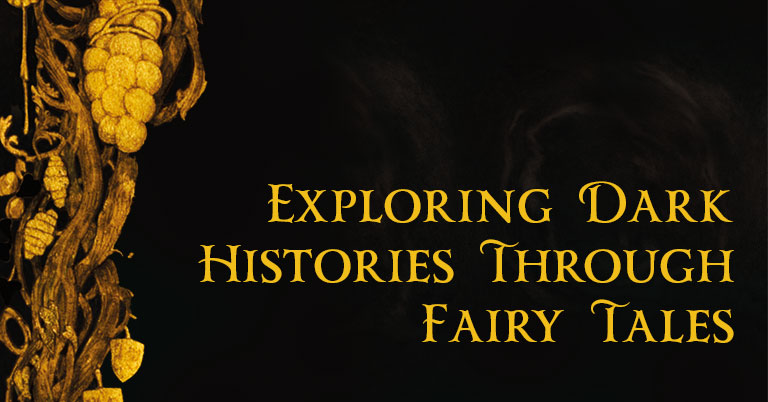
Exploring Dark Histories Through Fairy Tales
by Rena Rossner
The first dark fairy tale I remember reading was Jane Yolen’s Briar Rose. It is less a fairy tale retelling and more of a glimpse into how a survivor of the Holocaust constructed a narrative in her mind that helped her to survive the most unimaginable horror. This is not an unknown psychological phenomena – some call it having a fantasy prone personality, or a maladaptive daydreaming disorder. It is clear that creators of fairy tales which explore dark histories clearly pull on something that is part of the human psyche, a way in which the mind can choose to process trauma. But it’s also more than that. When I was writing The Sisters of the Winter Wood, the fantasy space was the only way I had to not only explore my family’s history, but to insert myself into the narrative.
I admit that for me there is a slightly feminist twist to this – most of history has been written by men, and in seeking testimony and stories about what life was like in Dubossary (the town my mother’s father’s family came from, on the border of Moldova and Ukraine) in the late 1800s and early 1900s, nearly all the stories I was able to find were either by men or about men. But I know that there were women there, and I know that they had stories to tell, that some of them were certainly heroines in their own right. But their stories were lost to me – their stories are lost to us. One of the only ways that we can get those stories back (after doing copious amounts of research into what was and what might have been) is to imagine them.
As a child, the words ‘Never Forget’ were drilled into me. Never Forget the Holocaust. Never Forget what happened to our people. But unless one has gone through a trauma – how is it possible to truly know what it was like, to truly feel the weight of generations? One can study past trauma, one can read testimonies and stories, but unless you were there, it’s often hard to relate. To me, this is where fantasy comes in.
It is a Jewish custom on Passover to host a ‘Seder’ meal – a feast that is also a ritual performed by families that begins and ends with the retelling of the story of the Israelites’ exodus from Egypt and the liberation of the Jews from slavery in ancient Egypt. At that meal we say, ‘In every generation one must view oneself as though one had personally left Egypt’ – we are literally instructed to enact a kind of fantasy as part of the ritual of one of our most important holidays. Many Seders are interactive: guests read different sections of the Haggadah (the Seder text) out loud – some assign parts to read (sometimes in voices); others act out certain sections of the Haggadah. It is a ritual which teaches us if you want to make sure that something is never forgotten for thousands of years, insert yourself into the narrative. And I think that is what fantasy enables us to do.
But it also goes further than that. In fantasy and in fairy tales, we don’t just encounter demons and beasts from our past; it is a safe space where we can wrestle with them. Where we have the freedom to bend monsters to our will; where we can battle dragons and change our fate, change the outcome of the story – it is a place where we can rewrite history. It is only in fairy tales and fantasy where anything can happen – heroes can become villains and villains get the chance to redeem themselves. It is an important space, and the act of writing fantasy is an important act. No less important than the act of telling true stories and reading testimony.
As a Jew, I know there are echoes of trauma instilled in the hearts and minds of generations that never lived through trauma, because I am a living example of that. Beyond the stories I’ve heard of Holocaust survivors keeping a suitcase packed and ready by the door ‘just in case’, there are very real fears that have been instilled into the minds and hearts of future generations – even people like me, who didn’t have a grandparent who survived the Holocaust. Though I have many relatives who were killed in the Holocaust (mainly the descendants of those who weren’t able to leave towns like Dubossary, Kupel, Riga and Bendera to seek freedom in America), I don’t have memories of a grandparent or even a great-grandparent who told me stories about the pogroms or about the Holocaust. But my children all have three passports. And many Jews I know seek the same for their children. And I can’t walk through a forest in Europe without wondering what the trees know, what they’ve seen. In the absence of only having lived through an echo of trauma – but one that is alive and well in our collective psyche – sometimes fantasy is all we have, but also, something we desperately need.
That doesn’t mean that I want or need my children (God forbid!) to re-enact the Holocaust or a pogrom or a synagogue shooting, but fairy tales have always provided a space for us to confront evil, to wrestle with the dark, to acknowledge that there might be real things to fear in the woods, and fantasy enables us to call those things by name and confront them.
Elie Wiesel once said, ‘My favourite expression, the most Jewish of all Jewish expressions is “and yet, and yet”. It’s bad, and yet; it’s good, and yet. I choose for myself the role of teacher, storyteller, witness, sometimes they overlap. And you hope that the abyss will not grow. You don’t try to reduce it; it would be unfair to the dead. But at least you hope that the abyss will not grow larger.’ I hope that I will never be a witness – but I know that I can be a storyteller. I think that my favourite expression is “What if…”
Discover Rena Rossner’s debut novel, The Sisters of the Winter Wood
'LUSCIOUS AND HYPNOTIC . . . A gripping, powerful story of family, sisterhood. I gulped it down! - Madeline Miller, author of Song of Achilles and Circe
'An incredible achievement - a rich literary fairy tale' Robert Dinsdale, author of The Toymakers
Every family has a secret . . . and every secret tells a story.
In a remote village surrounded by forests on the border of Moldova and Ukraine, sisters Liba and Laya have been raised on the honeyed scent of their Mami's babka and the low rumble of their Tati's prayers. But when a troupe of mysterious men arrives, Laya falls under their spell - despite their mother's warning to be wary of strangers. And this is not the only danger lurking in the woods.
As dark forces close in on their small village, Liba and Laya discover a family secret passed down through generations. Faced with a magical heritage they never knew existed, the sisters realise the old fairy tales are true . . . and could save them all.
Captivating and boldly imaginative, Rena Rossner's debut invites you to enter a magical world of secrets, family ties and fairy tales weaving through history. Perfect for fans of The Bear and the Nightingale, Uprooted and The Night Circus.
'A graceful, poetic, deeply moving novel . . . a simply gorgeous book in every sense' Louisa Morgan
'The kind of book that Neil Gaiman and Naomi Novik might have cooked up together' Robert Dinsdale
'A stunning tapestry of a story unlike anything I've ever read. Laya and Liba are going to stick with me for a long, long time' Sara Holland, author of Everless
'An elegant tapestry of the love between sisters, the value of faith and family, and knowing one's true friends in times of peril' J. Kathleen Cheney
'Full of heart, history and enchantment' Publishers Weekly (starred review)

